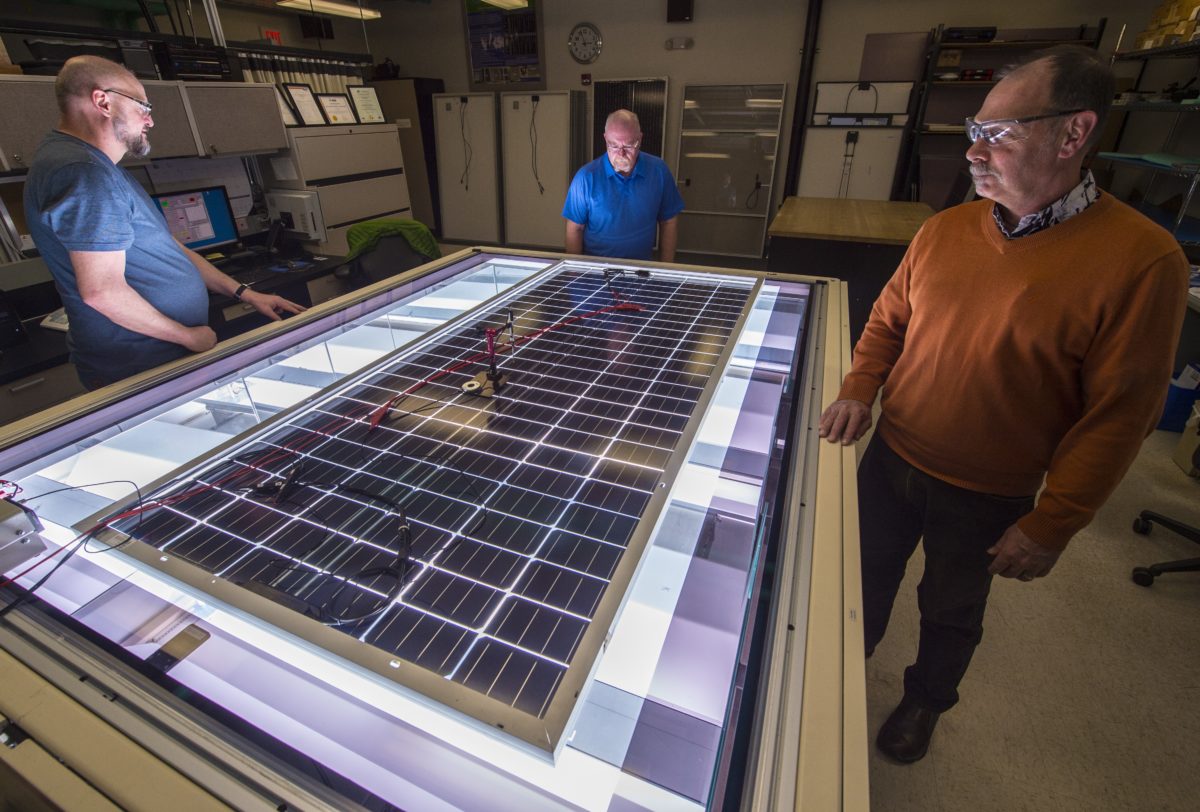https://www.pv-magazine-india.com/2022/08/16/huge-opportunity-for-module-level-power-electronics/
Huge opportunity for module-level power electronics

Tigo's TS4-A-O optimizer
Image: Tigo Energy
From pv magazine Global
Module-level power electronics (MLPE), where an inverter or optimizer is attached to each PV module, allowing for its current and voltage to be controlled individually, has been around for a long time but seen relatively few system owners prepared to make the additional investment or understand the added complexity.
However, a report published this week by IHS Markit, now part of S&P Global, suggests that change may be air for MLPE, thanks a range of market influences. The report, aptly titled Module Level Power Electronics, finds that the market for MLPE grew by 33% between 2019 and 2021, and that last year, in the residential sector at least, around one third of new PV installations came with MLPE.
Rooftop solar
For residential PV, rapid shutdown capability is increasingly outlined in safety regulations both to prevent the unlikely occurrence of a system catching fire, and to remove the danger of firefighters having to deal with dangerously high voltages. The United States was first to introduce this regulation, and Thailand, the Philippines and others have since followed suit, with other major PV markets including China reportedly considering rapid shutdown requirements as well. And since MLPE is one of the simplest ways to meet these safety requirements, the regulations have been key to its growth.
As PV’s popularity continues to grow, more complicated systems are being built with modules partially shaded at different times of day, facing in different directions, etc. Here MLPE can minimize energy losses, compared to a string inverter system whose output is limited to that of the lowest performing module connected to it.
Distributed generation
Also driving the trend toward MLPE is the general trend toward smaller, distributed generation systems that are likely to make better use of it. IHS Markit finds that falling costs, supportive policies and increasingly innovative business models have driven growth in the segment, now expected to account for almost 43% of global PV installations between 2022 and 2025.
“Ten years ago, rooftop installations were largely concentrated in Europe, however as other markets have developed, a more diverse picture has emerged,” reads the report. “China (mainland) has since bolstered rooftop PV installations which has contributed to Asia Pacific surpassing EMEA as the main market for rooftop PV. China (mainland) is expected to comprise 32% of global rooftop installations in 2022, while EMEA is expected to represent 27%, driven by Germany, Netherlands, and Poland. The Americas region is set to comprise 16% in 2022, supported by the United States and Brazil.”
For now, the United State remains the largest market for MLPE thanks to its early move on regulation, but movements show that it is becoming much more common elsewhere, even in regions where no rapid shutdown requirement exists. “In recent years, the United States’ dominance in the MLPE market has been challenged by certain markets in Europe such as Netherlands and Germany, in South America such as Brazil and in Asia such as Australia,” it says. “While consumers are not obliged to adopt these technologies, they have been persuaded by other benefits such as optimized yield, enhanced monitoring capabilities, and in certain cases, easier installation.”
Beyond this, IHS Markit finds the rise of the ‘smarthome’ concept, where system owners want a high level of control over their power generation and consumption, as another driving factor, alongside the easier operations & maintenance that’s afforded by being able to collect system data at the module level, and in the future the introduction of ‘smart modules’ supplied with built in MLPE could push this technology even further.
This content is protected by copyright and may not be reused. If you want to cooperate with us and would like to reuse some of our content, please contact: editors@pv-magazine.com.




